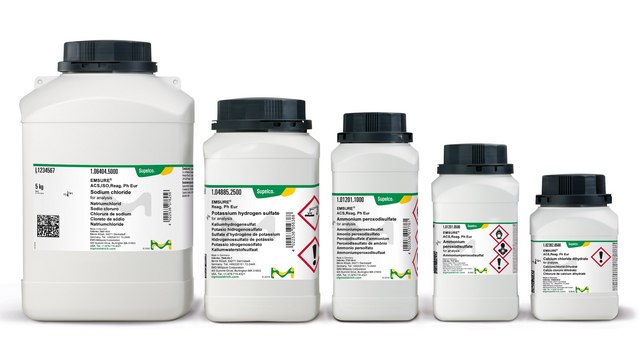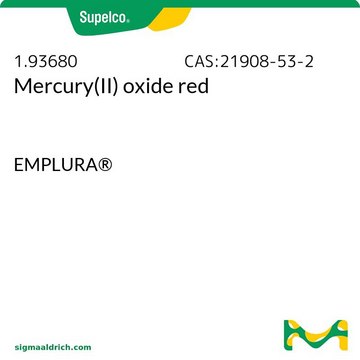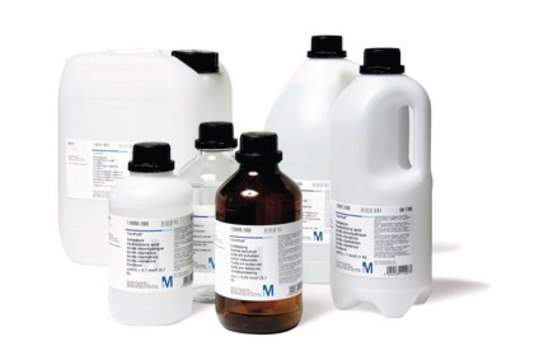203793
Mercury(II) oxide
99.999% trace metals basis
Synonym(s):
Mercuric oxide
About This Item
Recommended Products
Quality Level
Assay
99.999% trace metals basis
form
powder
reaction suitability
reagent type: catalyst
core: mercury
mp
500 °C (dec.) (lit.)
SMILES string
O=[Hg]
InChI
1S/Hg.O
InChI key
UKWHYYKOEPRTIC-UHFFFAOYSA-N
Looking for similar products? Visit Product Comparison Guide
Related Categories
Disclaimer

Signal Word
Danger
Hazard Statements
Precautionary Statements
Hazard Classifications
Acute Tox. 1 Dermal - Acute Tox. 2 Inhalation - Acute Tox. 2 Oral - Aquatic Acute 1 - Aquatic Chronic 1 - STOT RE 2
Target Organs
Kidney
Storage Class Code
6.1A - Combustible acute toxic Cat. 1 and 2 / very toxic hazardous materials
WGK
WGK 3
Flash Point(F)
Not applicable
Flash Point(C)
Not applicable
Personal Protective Equipment
Regulatory Information
Choose from one of the most recent versions:
Already Own This Product?
Find documentation for the products that you have recently purchased in the Document Library.
Articles
Oxidation and reduction reactions are some of the most common transformations encountered in organic synthesis
Our team of scientists has experience in all areas of research including Life Science, Material Science, Chemical Synthesis, Chromatography, Analytical and many others.
Contact Technical Service









